Table of Contents
When preparing your product for transportation, you must consider more than just the package. What also matters is what you put inside the box, which adds extra protection to your product and can even add some personality to it. This is where filling comes in!
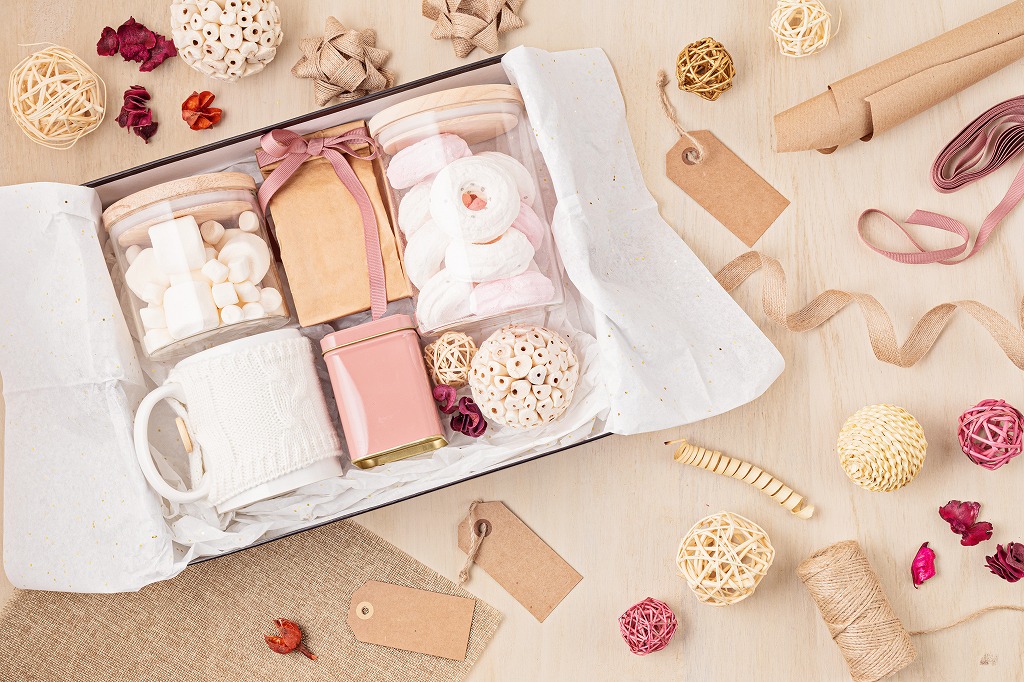
What is a Void Filler?
Void fill, package stuffing, shipping padding, or simply just filler are all different ways to refer to the same thing. But even with different names, they all serve the primary purpose of protecting a product. Void fill describes anything put into a shipping box to protect against product shifting, rough handling, and possible drops by filling up the vacant space within a package.
Benefits of Void Fill Packaging
Void filled boxes aren’t just for fragile items. There are many benefits to using filler for any product you need to package. Heavy products, in particular, or items with sharp edges can easily cut or break exterior packaging, which can also significantly benefit when appropriate fillers are used to prevent this.
Additionally, as the e-commerce market grows, box filler isn’t just for protection anymore; it can also serve an aesthetic purpose that adds value for your consumers and distinguishes your brand from competitors. With such a saturated e-commerce market, companies can — and should — use fillers as a part of their branding and unboxing experience strategy. So, with protection and aesthetics in mind, let’s look at some common box filling types you can use for your packaging and why you should or shouldn’t use them.
Popular Packaging Filler Material Types
Paper Fillers
Paper is one of the most cost-effective options when considering packing filler, as everything from newspapers and crinkled paper can provide more protection with little extra cost. Additionally, paper is an eco friendly void fill packaging option for companies looking for sustainability. So with this in mind, let’s look at some popular paper options.
Packing paper is a thin kraft paper that can be folded over a product or scrunched up to add extra cushioning inside of a box. Packaging paper is minimalistic and adds a hint of class when used on products like clothes or books. Packing paper effectively builds consumer anticipation with what’s underneath the wrapping and is eco-friendly for brands looking to use recycled or recyclable materials.
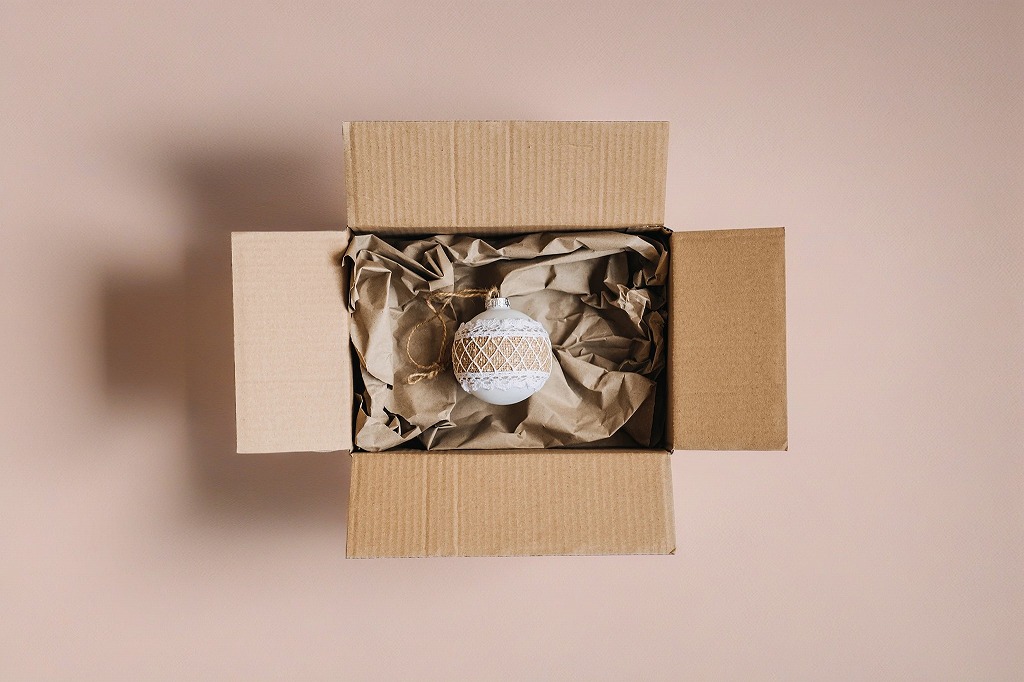
Alternatively, custom tissue paper is suitable for more durable items like shoes or clothes. It adds less protection than packing paper in exchange for a more high-end, luxury feel to your packaging. Custom tissue papers are excellent because you can add custom branding to this filler and differentiate yourself from your competitors.
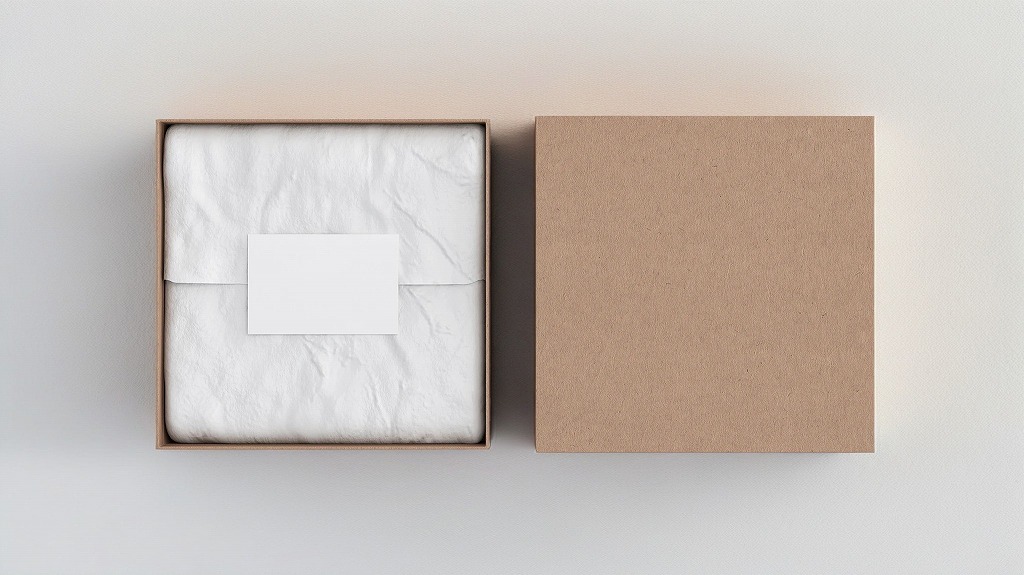
Finally, if you’re looking for something that’s grown in popularity recently for its sustainability, you might consider honeycomb paper. It is made of fully biodegradable and recyclable silk paper and is lightweight, not needing much material to fill the same space as traditional paper filling. Honeycomb paper is perfect for fragile items like glass.

Cardboard Fillers
Cardboard Partition Dividers segregate and stabilize your items inside a box. They are commonly made from cardboard, but lightweight wood can also be used. Partitions are widely used for larger boxes with multiple instances of the same product, like bottles, cosmetics or jars. They prevent items from hitting each other during transport and are perfect for larger, heavier items. Dividers don’t provide much in terms of aesthetics, but they will significantly help protect fragile items.
However, if you want to add an extra “wow” factor to the interior of your box, internal inserts are for you. Internal inserts are intricately cut pieces of cardboard that effectively present your product to the consumer when opened. Inserts are made specifically to fill the space between your product and the packaging and are perfect for products with multiple items, luxury, or fragile products.
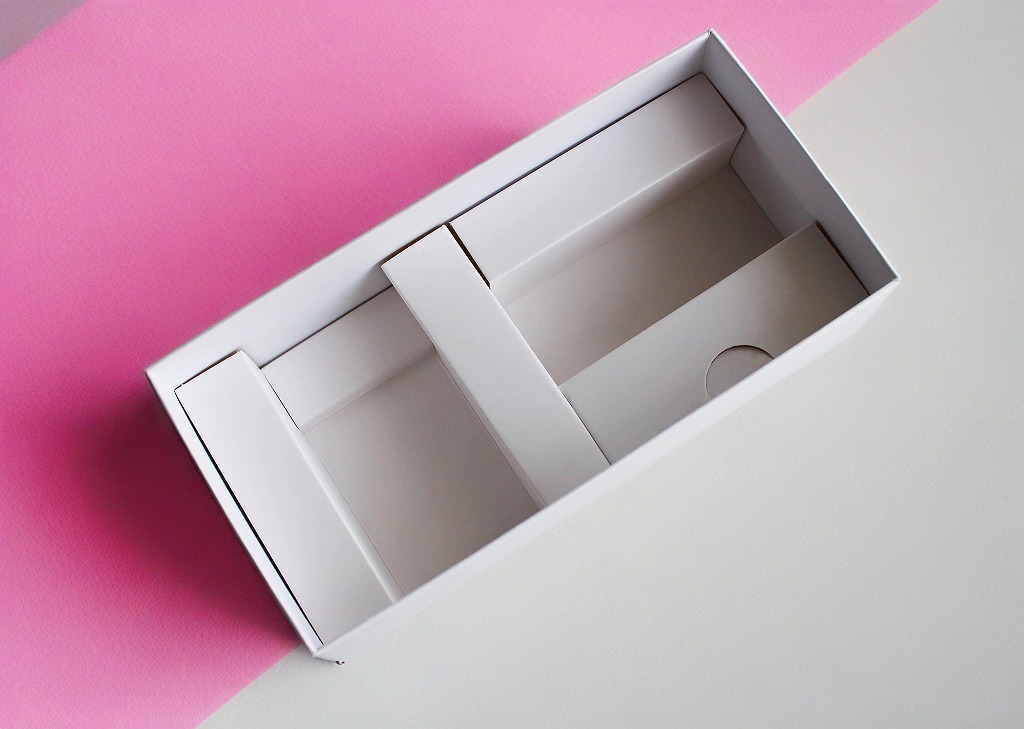
Wood Excelsior
Wood excelsior is another environmentally friendly void filler option besides paper and cardboard. Wood excelsior is shaved, curly wood that often offers a pleasant scent to consumers when opening a package. Wood excelsior offers a unique unboxing experience that caters to consumers’ sense of smell, creating a more rustic and luxurious feel to a product. Do note, though, that the scent of wood excelsior can rub off on softer articles like clothing and may not be suitable for these types of products.

Bio Foam Fillers
Bio foam, or packing peanuts, is polystyrene foam balls that are still heavily used today. Traditional packing peanuts are seriously harmful to the environment, but a biodegradable alternative using plant-based materials has recently entered the market, albeit at a more expensive price.
Packing peanuts is an excellent choice for quickly protecting fragile objects of unique shapes and sizes. However, they offer no customizability, which can be a detriment in today’s market.
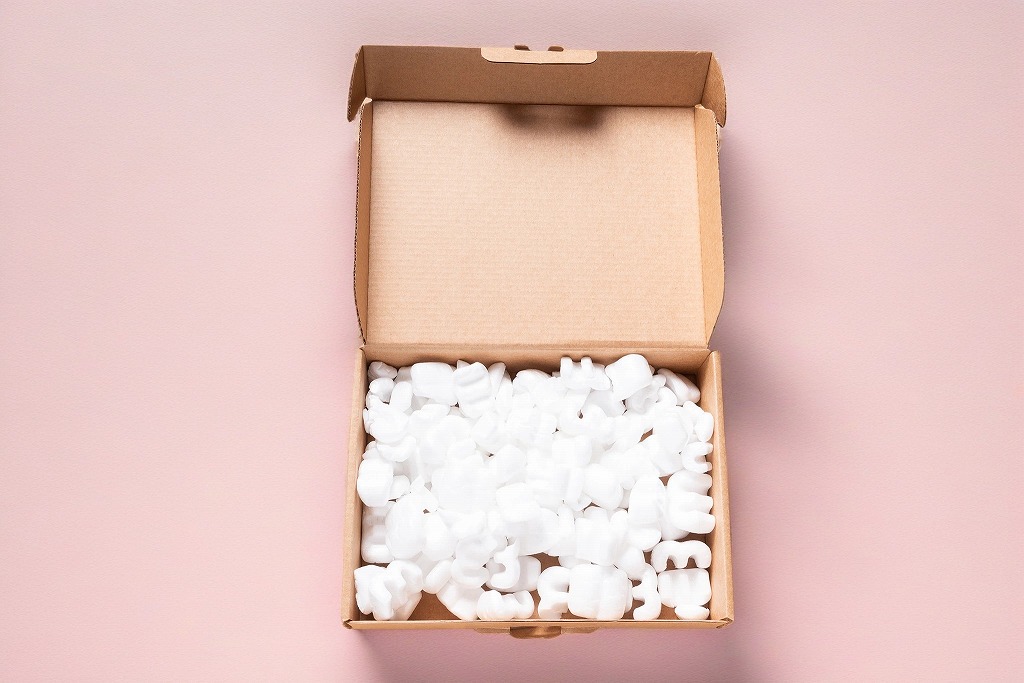
Packaging Air Bags
Air bags or air pillows are another cheap, quick, and non-customizable way to protect your product during transport, but there is a significant downside to using this type of filler. Though air pillows are an effective way of safeguarding a product, they are made of plastic bags filled with air, which is a significant environmental issue. Air pillows come in various sizes but typically are not suited for smaller items.
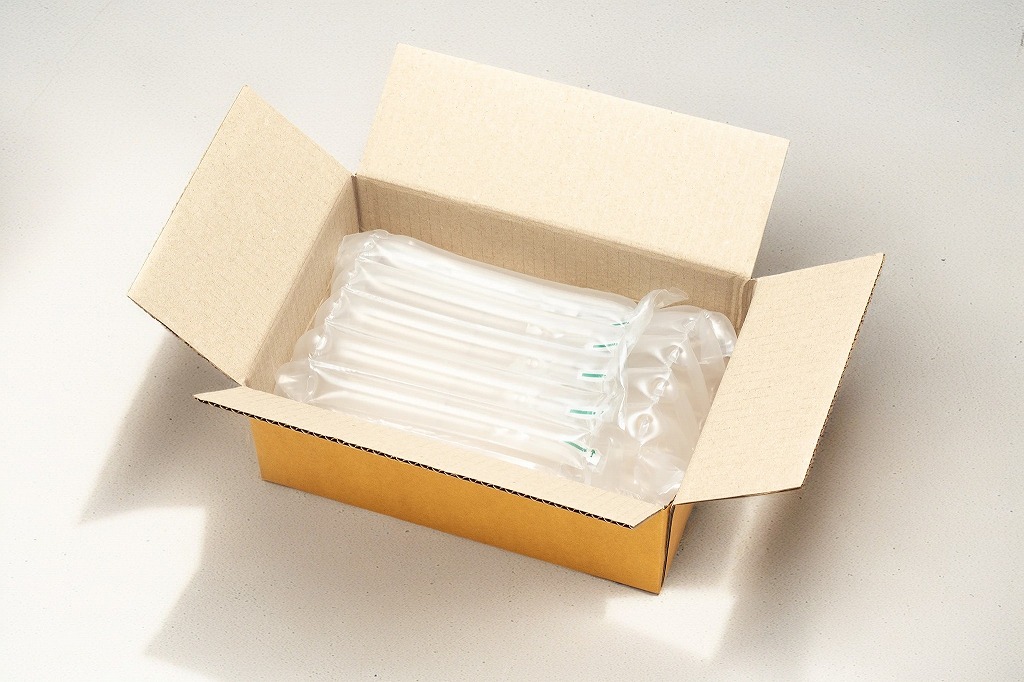
Bubble Wrap
Like air pillows and packing peanuts, bubble wrap is another way to protect your products quickly, effectively and on a budget. And like the other quick ways to protect your product, bubble wrap does not offer customization. It is composed of single-use plastic, which is once again an environmentally detrimental option.
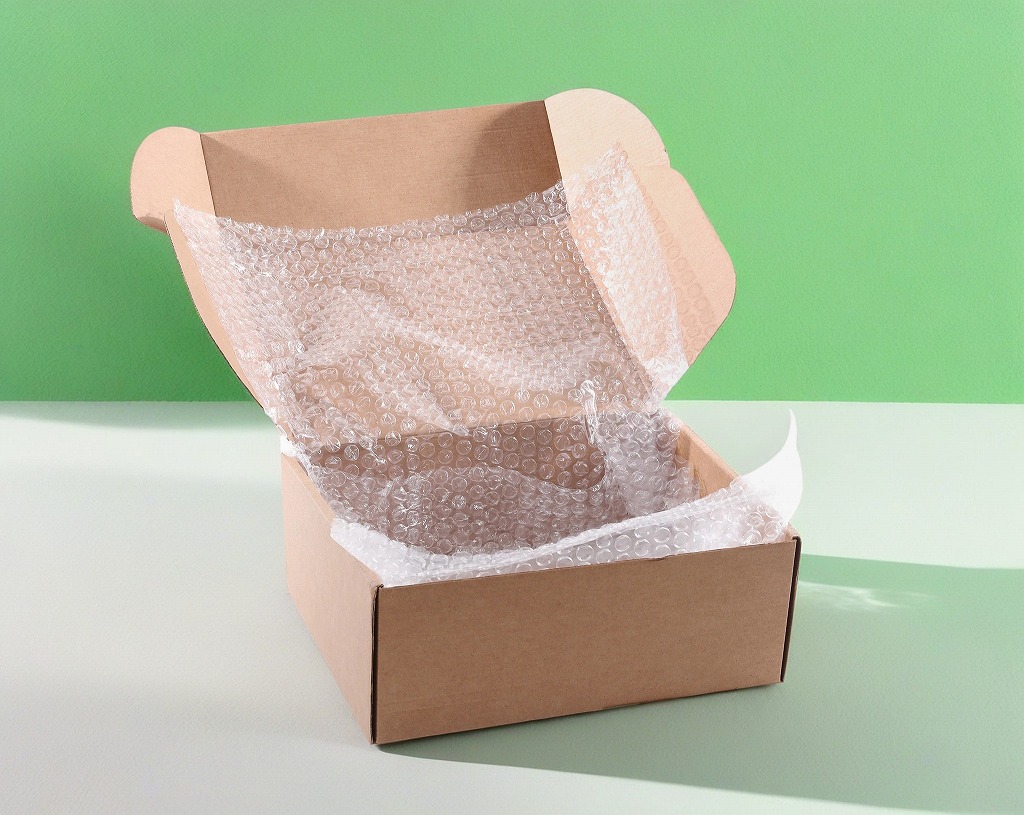
So Which Filler Should I Use in My Packaging?
There is no right or wrong answer to this question. To determine which package filler is best for your product, you must consider many factors unique to your packaging situation. These factors include your commitment to sustainability, your value on branding, how much protection you need, and, of course, your budget.
Thankfully, PakFactory has put together a master guide to help you decide what type of filler insert would suit you. But if you’re stuck and are seeking packaging help, contact one of PakFactory’s product specialists today! We would be happy to assist with all of your packaging questions!





